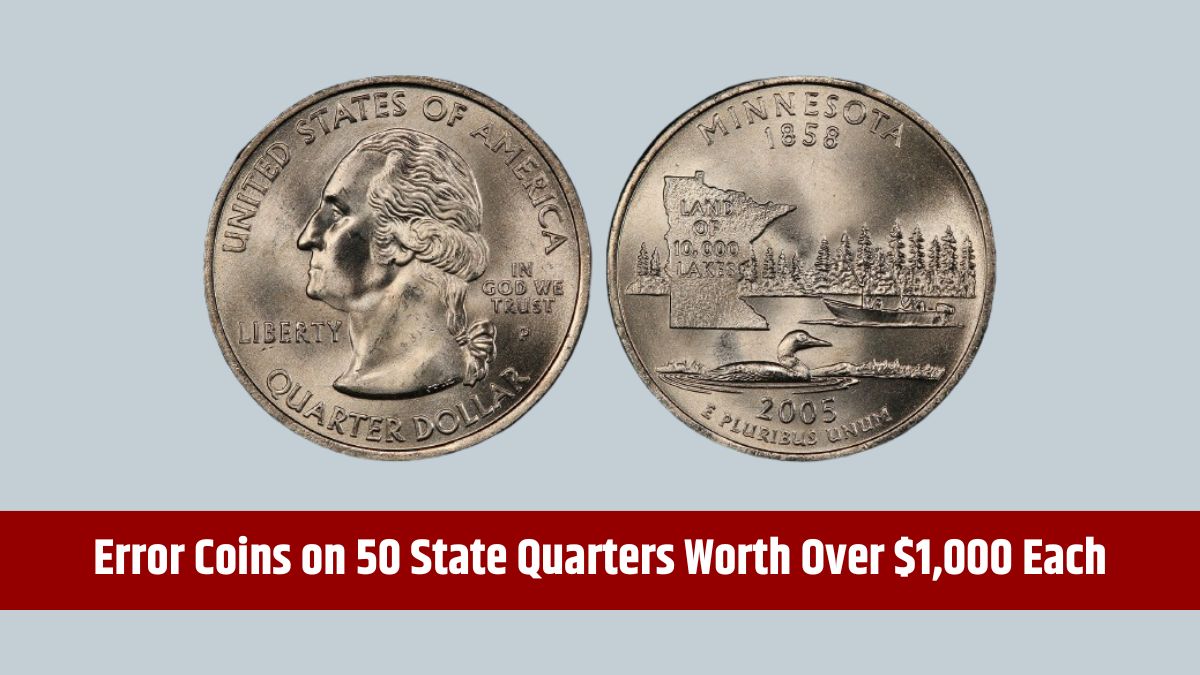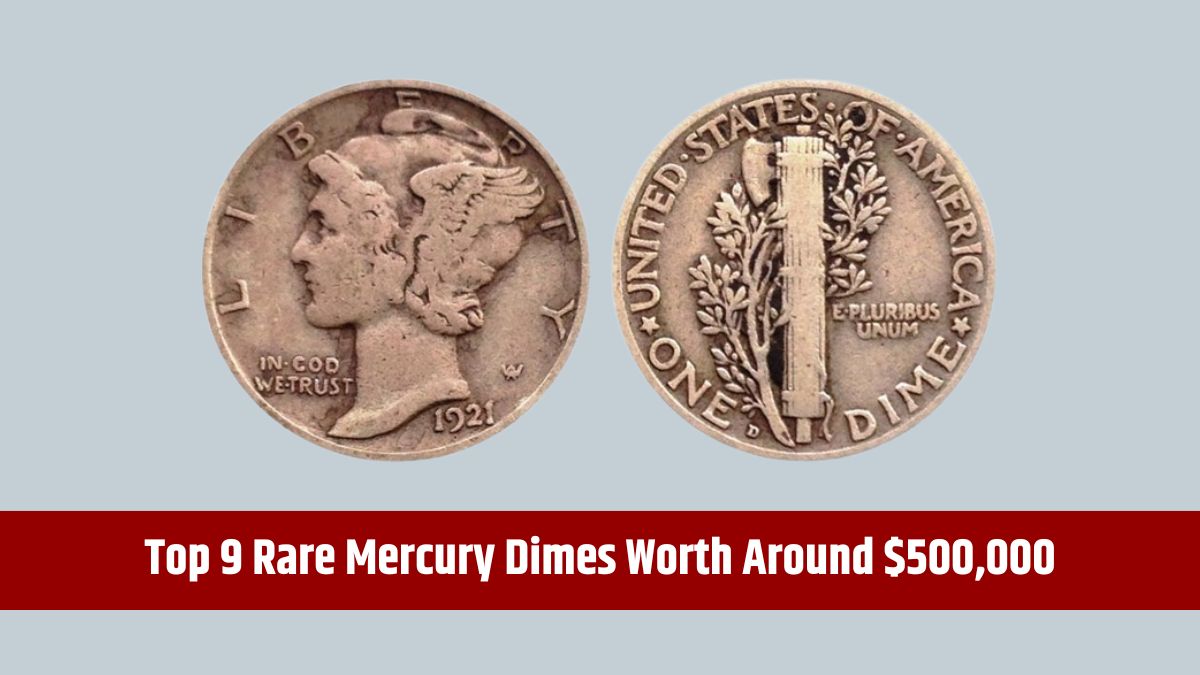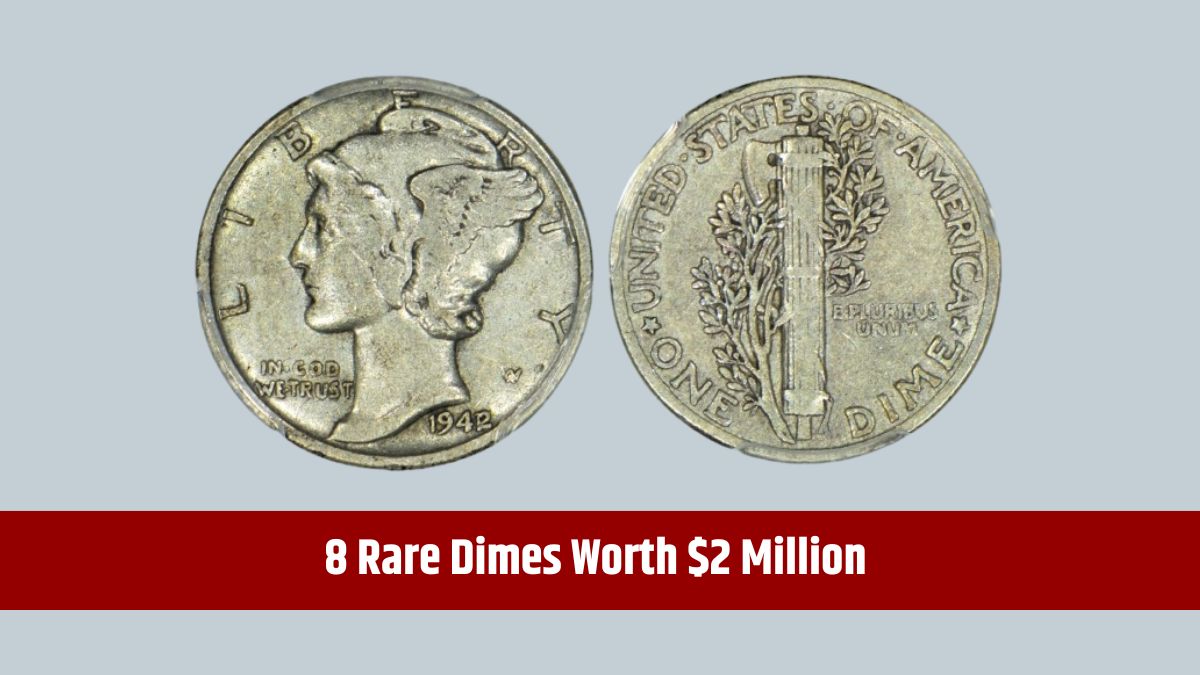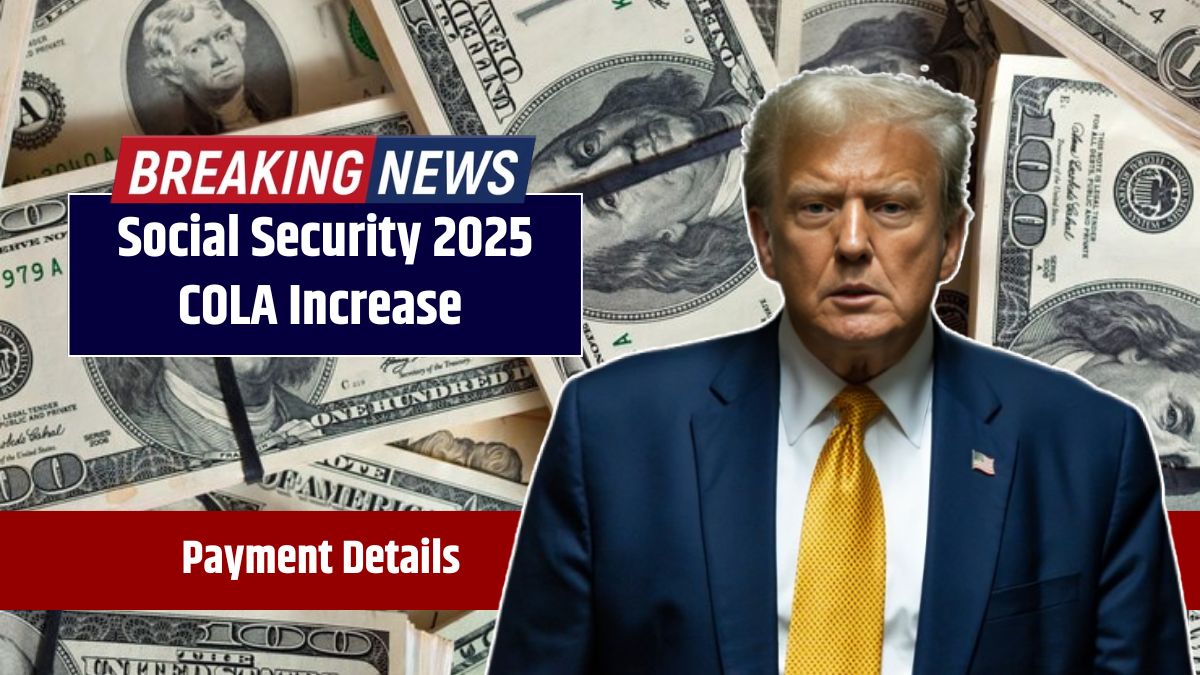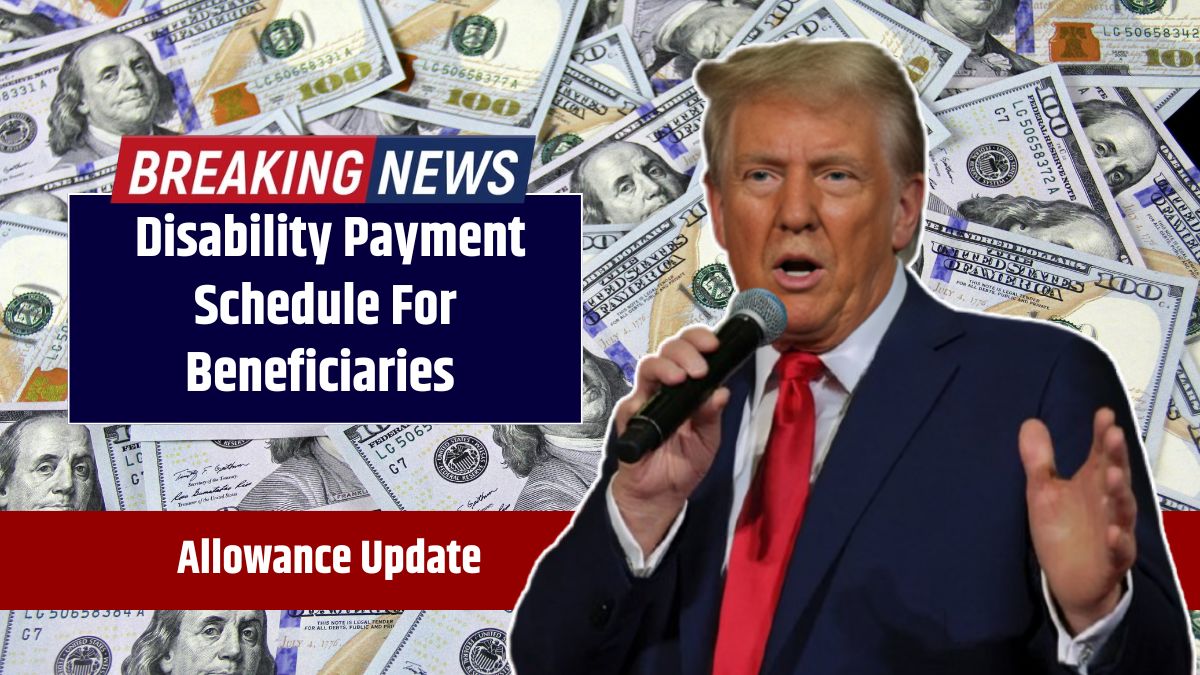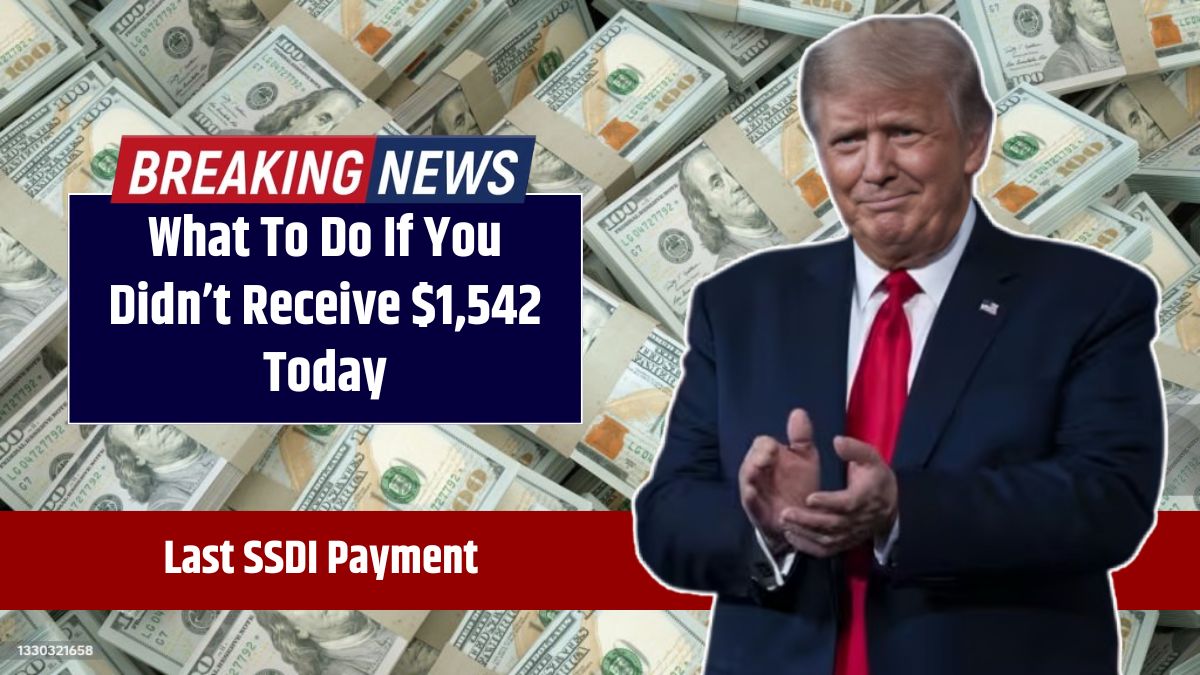The 50 State Quarters Program, launched by the U.S. Mint between 1999 and 2008, captivated the nation with its state-specific designs and became a cultural phenomenon. Beyond its popularity, some quarters in the series contain rare minting errors that have turned them into highly sought-after collectibles, with values reaching over $1,000 at auction.
These errors, including doubled dies, die cracks, and grease-filled dies, add a unique twist for hobbyists and serious numismatists alike. Let’s look into the most famous error quarters and their intriguing stories.
Delaware Quarter
Released in 1999, the Delaware quarter features an error popularly known as the “Spitting Horse”. A small die crack extending from the horse’s mouth gives the illusion of it spitting. This quirky flaw has become a favorite among collectors.
- Value: Up to $500, depending on condition.
- Rarity: Moderate.
The “Spitting Horse” error combines historical significance with a lighthearted design flaw, making it a valuable addition to any collection.
Wisconsin Quarter
The Wisconsin quarter, issued in 2004, is famous for its extra “high leaf” or “low leaf” varieties on the corn cob depicted in the design. These extra leaves, caused by intentional or accidental die modifications, have made this coin one of the most desirable in the series.
- Value: Up to $1,000+ for coins in top condition.
- Rarity: High.
Collectors view these coins as iconic due to their rarity and the mystery surrounding their creation.
Minnesota Quarter
The Minnesota quarter, released in 2005, is known for its “extra tree” error, caused by a doubled die. On these coins, an additional tree appears in the background, creating the illusion of a denser forest.
- Value: Up to $300 for higher-grade specimens.
- Rarity: Moderate.
This subtle yet intriguing error adds depth to the quarter’s already-detailed design, making it a treasure for enthusiasts.
Kansas Quarter
The Kansas quarter, minted in 2005, features one of the most well-known and humorous errors in the series. A grease-filled die caused the letter “T” in “In God We Trust” to appear faint or entirely missing, resulting in the phrase “In God We Rust.”
- Value: Up to $500 in mint condition.
- Rarity: Moderate.
This amusing error has turned the Kansas quarter into a favorite conversation piece among collectors.
| Coin Name | Year Issued | Error Type | Value Range ($) | Rarity Level |
|---|---|---|---|---|
| Delaware | 1999 | Spitting Horse | Up to $500 | Moderate |
| Wisconsin | 2004 | High/Low Leaf | Up to $1,000+ | High |
| Minnesota | 2005 | Extra Tree | Up to $300 | Moderate |
| Kansas | 2005 | In God We Rust | Up to $500 | Moderate |
Significant
The 50 State Quarters Program brought history and artistry to the forefront of U.S. coinage, but the errors within the series have added an unexpected layer of excitement. Each mistake tells a unique story of its creation and offers a chance for collectors to own a piece of minting history.
Whether you’re a seasoned numismatist or a curious hobbyist, finding one of these rare error coins in circulation or at a coin shop is an exhilarating experience. Their rarity, combined with the thrill of finding, makes the hunt for these unique quarters a rewarding adventure.
FAQs
What is the Delaware quarter’s error?
The Delaware quarter features a ‘Spitting Horse’ die crack error.
How valuable is the Wisconsin quarter error?
The high or low leaf error can be worth over $1,000.
What is the extra tree error?
The Minnesota quarter’s doubled die adds an extra tree to the design.
Why is the Kansas quarter called ‘In God We Rust’?
A grease-filled die makes the ‘T’ in ‘Trust’ faint or missing.
Can error coins be found in circulation?
Yes, some error coins are still found in pocket change.
